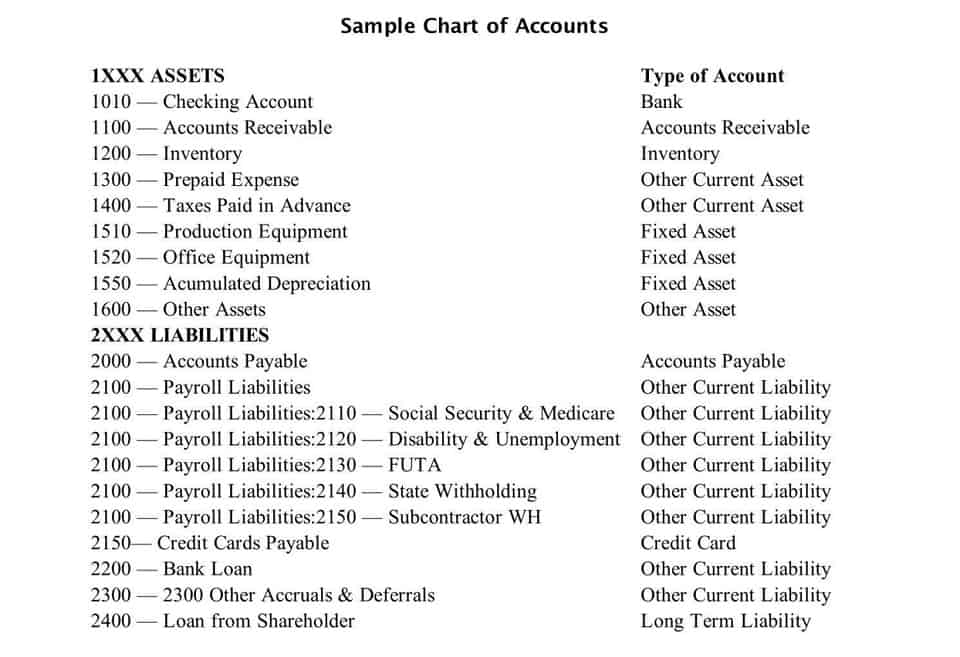Total Manufacturing Cost What Is It, Formula, Example, Vs COGM

Unfinished products require storage as they accumulate and contribute to an increase in both capital investment and lead times. With MachineMetrics, you can track WIP on an ongoing basis by collecting and analyzing real-time production data directly from machines. This makes it possible to maintain up-to-date inventory insights without the need for spreadsheets or manual calculations.
Total Manufacturing Cost vs. COGM vs. COGS

This reduction occurs because fixed costs (such as machinery and overhead expenses) are spread over a larger number of units. Businesses can leverage economies of scale by maximizing production capacity and optimizing resource total manufacturing cost formula utilization. First, determine how many hours of work are directly involved in manufacturing the product.
- Removing steps from the production process to save money also increases efficiency, ensuring that items are created faster (which leads to greater customer satisfaction).
- Efficient supply chain management plays a crucial role in controlling manufacturing costs.
- Having a direct impact on the cost of goods sold (COGS), gross margins, and the ultimate net profit, total manufacturing cost is a critical metric.
- COGS is composed of direct materials and direct labour, but it does not normally include manufacturing overheads.
- When monitored closely, it can help identify inefficiencies and improve business outcomes.
Tips for Addressing Challenges
Total manufacturing cost (TMC) also means total manufacturing cost, which is cash flow the total cost of all the activities to convert all the raw materials into a completed product. It is crucial in the business and reveals a certain order of the production processes in relation to the set objectives. Before calculating the direct labour costs per unit you need to know how to calculate the direct hourly labour rate and direct labour hours.
How to calculate manufacturing overhead

For example, electricity powering machines, factory rent, and salaries for staff who don’t directly work on production are all considered overhead costs. When business costs relate to production activities they are generally classified as ‘direct’ or ‘indirect’. Having this accurate, real-time view of your manufacturing operations expenses allows you to improve efficiency. Total direct production cost is the sum of all costs directly attributed to producing a product, such as raw materials and direct labor.

Take Control of Heavy Vehicle Inspection and Maintenance in real time.
- This simple formula shows how to find total manufacturing costs accurately and helps businesses understand their production expenses.
- However, it falls into its own category as a type of indirect cost because manufacturing the product cannot take place without these overhead expenses.
- It’s essential to get an accurate rate to properly calculate total manufacturing costs.
- For example, the wood, textile, and timber used to create chairs and tables would be considered direct material in a furniture manufacturing unit.
- Overheads directly impact a business’ balance sheet and income statement so it’s important to track and allocate these expenses.
- However, it also informs another critically important KPI, namely, the Cost of Goods Manufactured (COGM), which in turn is necessary to calculate the equally important Cost of Goods Sold (COGS).
- The total manufacturing cost formula can be used alongside your net revenue to work out how profitably your business is producing goods.
Adding these three together is how you calculate the total manufacturing cost formula. This helps in understanding production expenses and managing budgets effectively. Overheads directly impact a business’ balance sheet and income statement so it’s important to track and allocate these expenses. Allocating overhead helps you to identify areas to improve efficiency and reduce costs. It is important for pricing decisions because by incorporating indirect costs into pricing, you can cover costs by effectively pricing inventory stock to improve profitability.
What is WIP In Manufacturing? A Definition
Unfinished products incur additional costs for storage, handling, and tracking costs, increasing the financial burden. On the other hand, having too little WIP can disrupt operations, reduce machine utilization, and negatively impact on-time delivery rates. TMC is not just another accounting figure on the balance sheet, it carries enormous strategic importance. Firstly, it helps in ascertaining the actual cost of your products and hence, in setting appropriate pricing strategies. Secondly, TMC enables identification and management of cost drivers, thereby fostering efficiency in operations.
- Indirect costs are not directly related to manufacturing and, therefore, generally remain the same period over period.
- Understanding total manufacturing costs is an important step for those who want to improve manufacturing productivity.
- Indirect costs include expenses like utilities, rent, maintenance, and indirect labor.
- TMC is not just another accounting figure on the balance sheet, it carries enormous strategic importance.
- Equally, if prices are too low, you won’t be generating the required revenue to make your business profitable.
- It includes the cost of all the raw materials and inventory stock items that have been used in manufacturing the finished product.
Direct Labor Calculation
By analysing the amount of excess that is usually generated during production, you can use this to adopt a more sparing approach to purchasing. The ability to understand “how to calculate total manufacturing cost” in manufacturing is key to optimizing revenues and still remaining competitive in the market. Cost management is paramount in the manufacturing segment which small fluctuations can significantly impact the bottom line.
- For a computer manufacturer, this would include the cost of components, assembly labor, and overhead costs like electricity for the production facility.
- We’re not talking about the cleaners you use to maintain the equipment that manufactures the product.
- To find manufacturing overhead, identify the manufacturing overhead costs then add them up.
- Putting this into action requires real-time visibility into ongoing production and inventory to avoid bottlenecks, excess inventory, and scheduling delays.
- To identify direct labor costs, you need to separate employees who play a direct role in the production line.
- Firstly, it helps in ascertaining the actual cost of your products and hence, in setting appropriate pricing strategies.
- This can include things like rent or other indirect materials that aren’t used to create the final product, like water or cleaning supplies.
For instance, energy audits can reveal possibilities for reducing utility expenses, while equipment assessments Restaurant Cash Flow Management can identify opportunities for less costly alternatives or upgrades. Furthermore, implementing energy-efficient practices and technologies can not only lower overhead costs but also contribute to sustainability goals, enhancing the company’s reputation in the market. Effective management of direct labor involves not just tracking hours worked but also investing in training and development. A well-trained workforce is not only more efficient but also leads to higher-quality products. Implementing performance-based incentives can also boost productivity, ensuring that labor costs translate into tangible benefits for the business. Moreover, creating a positive work environment can enhance employee morale, which is often reflected in their productivity levels and overall job satisfaction.

